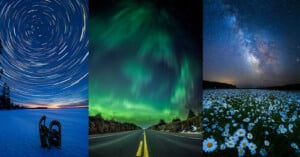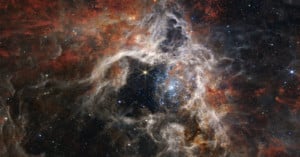
Night Portraits Showcase the Mystique of Our Connection to the Cosmos
Award-winning astrophotographer Mihail Minkov is best known for his landscape images that heavily feature the night sky and the Milky Way in particular. Over the past year, Minkov has been working on a single-exposure nightscape project focused on incorporating people into his compositions.




























